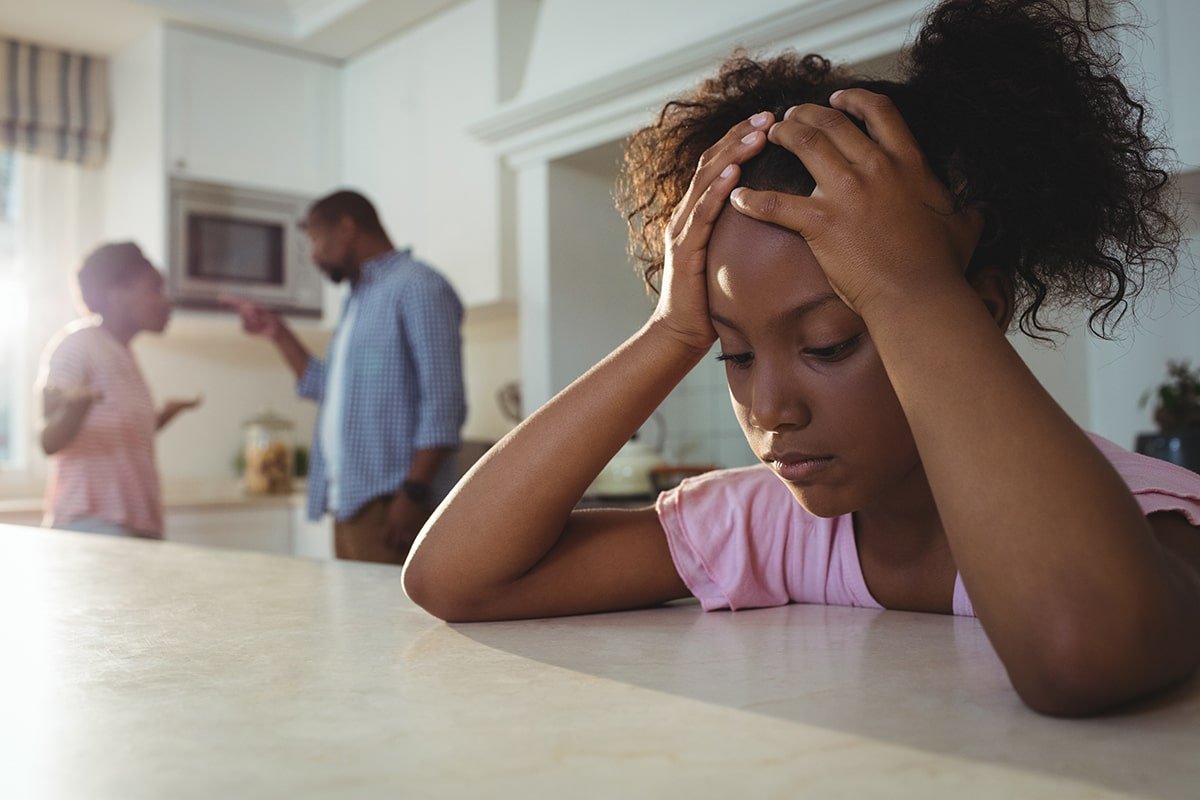In the tapestry of childhood, anxiety and low self-esteem can cast a somber hue, threatening to overshadow the vibrant colors of confidence and joy.If you find your child navigating this challenging landscape, know that you are not alone. This article embarks on a journey to unravel the complexities of childhood anxiety and low self-esteem, offering invaluable insights and practical strategies to help you guide your child toward a brighter path, one where anxiety fades into the background and self-confidence takes center stage.
– Tackling the Root Cause: Addressing Anxious Thoughts
Tackling the Root Cause: Addressing Anxious thoughts
Anxiety often stems from negative self-talk and distorted thoughts. Instead of dwelling on these anxious thoughts, encourage your child to challenge them with evidence-based reasoning. Guide them to create a list of their anxious thoughts, then have them write down evidence that contradicts or disputes those thoughts. As an example, instead of thinking “I’m not good enough,” they could write down examples of their successes or strengths. This process helps them develop a more balanced and realistic perspective, reducing the power of anxious thoughts and fostering a sense of self-confidence.
– Fostering a Growth Mindset: Changing Negative Self-Talk
Fostering a Growth Mindset: Changing Negative Self-Talk
Negative self-talk can be a major obstacle for anxious children with low self-esteem.It can perpetuate feelings of inadequacy,making it arduous for them to build confidence and resilience. To help your child overcome negative self-talk, it’s essential to foster a growth mindset. This mindset emphasizes effort and learning over innate ability, allowing children to see mistakes as opportunities for growth. Encourage your child to challenge negative thoughts by reframing them as positive affirmations. Help them develop a realistic view of their abilities and focus on their progress rather than perfection. Rather of saying “I’m never going to be good at this,” teach them to say “I’ll give it my best and learn from any mistakes.” By shifting their perspective from self-criticism to self-belief, you can help your child break free from the cycle of anxiety and low self-esteem.
– Building a Support Network: Providing Encouragement and Validation
Building a Support Network: Providing Encouragement and Validation
To cultivate a supportive ecosystem for such children,it is imperative to surround them with individuals who unconditionally believe in their abilities. Identifying trusted friends, family members, or educators who serve as consistent sources of encouragement can significantly boost their self-esteem. By openly expressing recognition for their efforts, no matter how small, fostering an atmosphere of non-judgmental listening, and offering words of reassurance, a strong support network can help anxious children internalize a sense of competence and self-assurance.
– Practicing Self-Care Techniques: Promoting Emotional Regulation
practicing Self-Care Techniques: Promoting Emotional regulation
Encourage your child to identify their feelings by practicing mindfulness techniques. have them take a few deep breaths and focus on their bodily sensations. Ask them to describe what they’re feeling in their body, mind, and heart.This will help them recognize their emotions and develop a sense of self-awareness. Additionally, encourage your child to engage in activities that bring them joy and relaxation, such as drawing, painting, playing music, or spending time in nature. By promoting self-care practices, you can empower your child to manage their emotions and build their self-confidence.
Closing Remarks
The journey towards replacing anxiety with self-confidence in anxious children is a transformative one, requiring a concerted effort from parents, educators, and the child themselves. Each step towards developing resilience and a positive self-image is a beacon of hope, reminding the child that they possess the strength to overcome their fears. By fostering a supportive and empowering habitat, we can guide anxious children towards a future filled with self-belief and inner peace.
